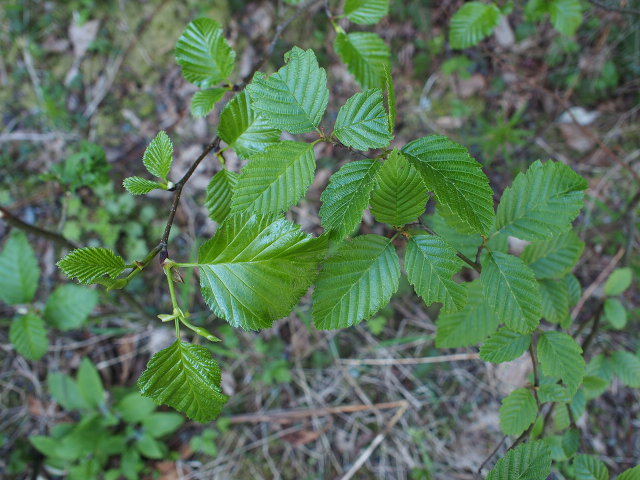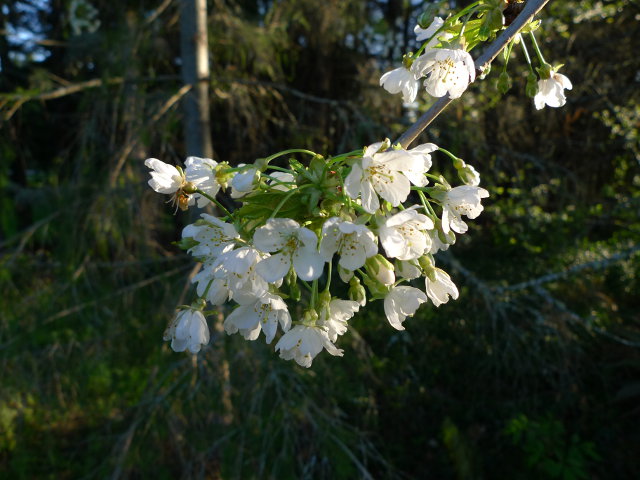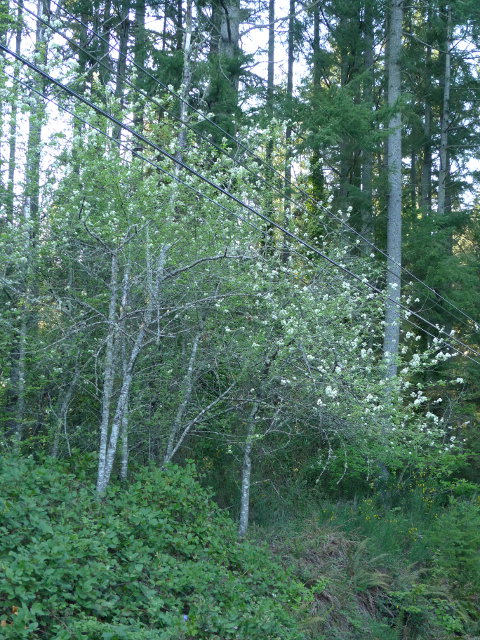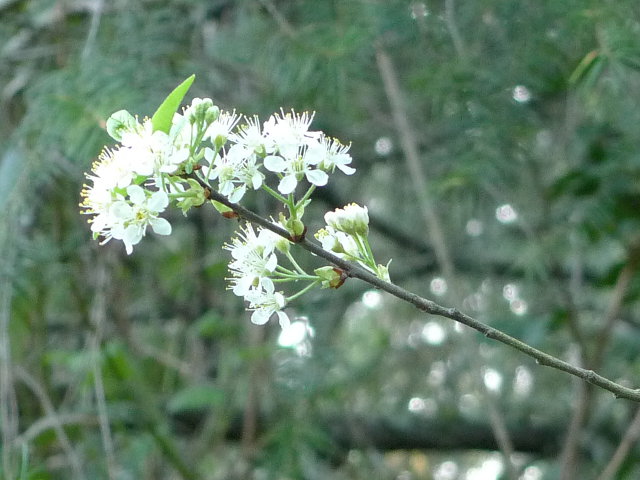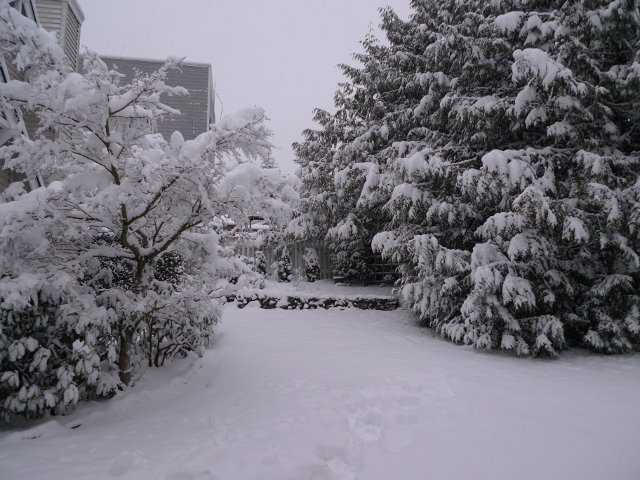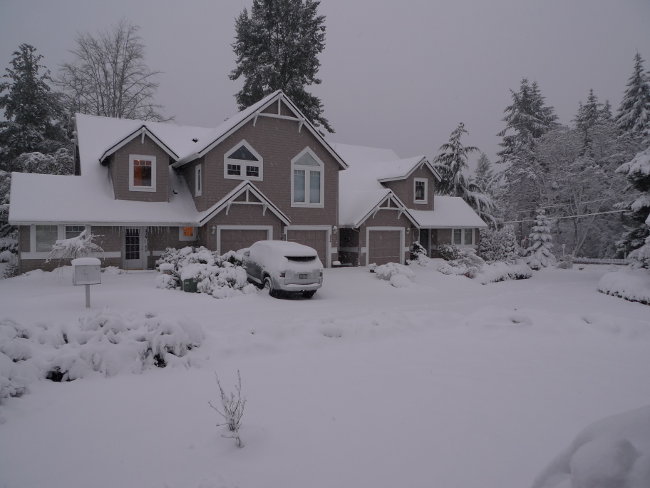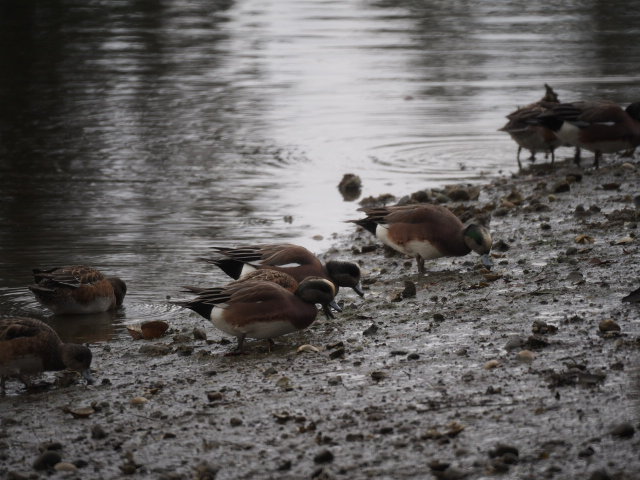Arctic Outflow
Published at 22:11 on 14 January 2020
Today’s high was 19˚F. In Seattle that would break a record. Here in Bellingham, it’s definitely much colder than normal, but the record is still significantly colder. We’re close to the mouth of the Fraser Canyon, and if the interior of British Columbia fills up with frigid air, it can spill through that canyon and hit us without having to pass over any salt water to moderate it.
The arrival of the arctic front was dramatic. My building shuddered as a sudden gust of northeasterly wind hit it. The falling snow changed from sloppy and wet to dry and powdery. Within a half-hour, any wet pavement surfaces that had not been treated had flash-frozen.
Tonight it is snowing and 14˚F. That’s cold enough to experience something rare on the West Coast: snow that squeaks when you walk on it. That’s a fairly common occurrence in a continental climate, but I never once experienced it in Seattle. Here, the cold snaps really are a taste of what winter is like in a continental climate.
But only a taste. Within about 24 hours, the wind will shift. When that happens, the arctic air will depart as quickly as it arrived. The ocean is right here, ready to supply mild air the moment the wind resumes its normal westerly to southwesterly direction. The departure of the cold snap will be as abrupt as its arrival was.
And that’s the way I want things to be. The past few days have been fun because they have been a departure from the norm. Were they the norm, these conditions would become tiresome and unpleasant. Winter would mean not a green thing in sight, and spring would mean waiting seemingly forever for all the snow that accumulated in winter to melt, and all the while it melted it would get increasingly dirty and drab.


